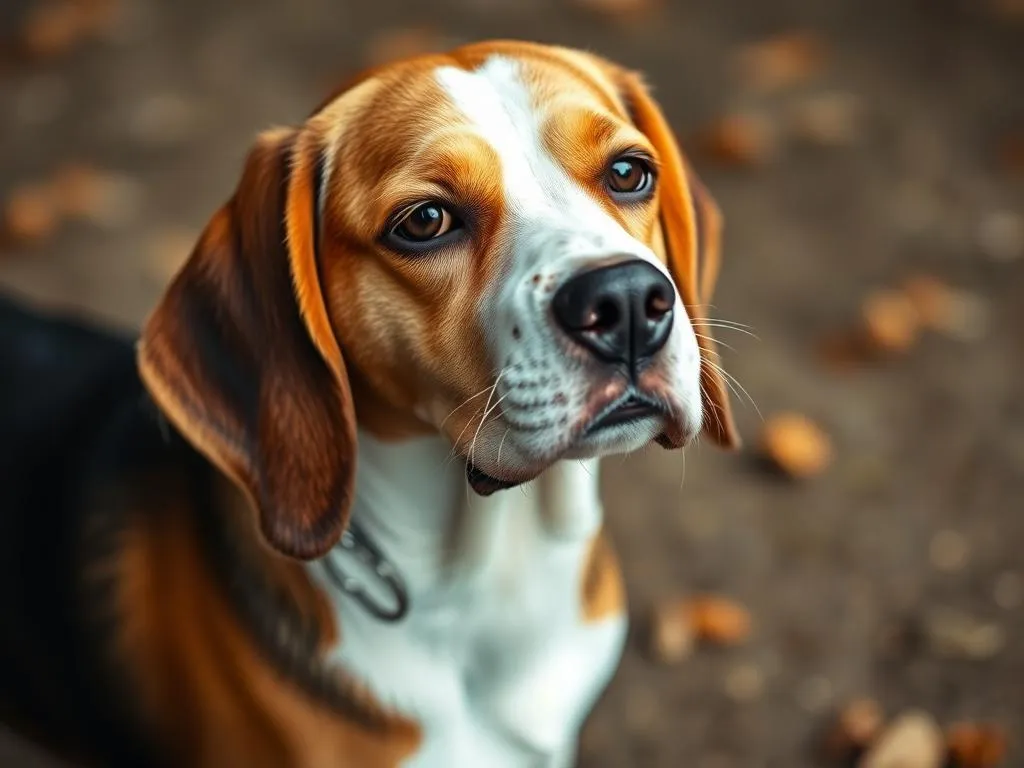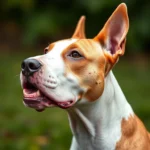
Dogs are remarkable animals, each breed possessing unique characteristics that make them suited for various roles. Among these breeds, the Beagle stands out, not only for its playful nature but also for its extraordinary sense of smell. In the realm of hunting and tracking, a dog’s olfactory abilities are crucial, and Beagles are renowned for their exceptional scent detection capabilities. This article will explore how far Beagles can smell, the factors that influence their olfactory skills, comparisons with other breeds, and the practical applications of their remarkable sense of smell.
Understanding the Beagle Breed
History and Origin
The Beagle breed has a rich history that dates back to ancient times. These dogs were initially bred for hunting small game, particularly rabbits and hares. Their hunting prowess and affectionate disposition made them popular among hunters, and over the years, various Beagle types emerged. The modern Beagle we know today is a result of careful breeding aimed at enhancing their tracking abilities.
Physical Characteristics
Beagles are medium-sized dogs, typically weighing between 20 to 30 pounds, with a height ranging from 13 to 15 inches at the shoulder. They boast a short, dense coat that comes in various colors, including tri-color (black, white, and brown) and lemon (light tan and white). Their distinctive long ears and large, expressive eyes contribute to their charm, while their strong nose makes them exceptional scent hounds.
Temperament and Behavior
Beagles are known for their friendly and curious nature. They are generally good with children and other pets, making them excellent family companions. Their playful demeanor often leads them to explore their surroundings, which can sometimes result in mischief. Beagles are intelligent but can be stubborn, so consistent training and socialization are essential.
The Science of a Dog’s Sense of Smell
Anatomy of a Dog’s Nose
To understand how far Beagles can smell, it’s important to look at the anatomy of a dog’s nose. Dogs possess a highly specialized olfactory system that includes a larger surface area dedicated to scent detection compared to humans. While humans have about 5 million olfactory receptors, Beagles have approximately 220 million. This significant difference allows them to detect odors in ways that humans cannot even fathom.
Smell Receptors and Their Importance
The number of scent receptors in Beagles plays a vital role in their olfactory capabilities. These receptors are finely tuned to pick up even the faintest scents. When a Beagle sniffs, the olfactory receptors send signals to the brain, where the scent is processed and identified. This intricate system enables Beagles to distinguish between thousands of different odors, making them invaluable in hunting and detection work.
Factors Affecting Smell
Several factors can influence how effectively a Beagle can smell. Environmental conditions such as wind and humidity can either enhance or hinder scent detection. Wind can carry scents over long distances, while humidity can help scents linger in the air. Additionally, health factors including age and genetics can affect a dog’s olfactory abilities. Younger Beagles tend to have more acute senses, while health issues can diminish their capability.
How Far Can Beagles Smell?
Distance Capabilities
When it comes to how far Beagles can smell, studies suggest that they can detect scents from up to a mile away under ideal conditions. However, the actual distance can vary based on several factors, including terrain and scent concentration. On flat, open land, Beagles might smell a scent from greater distances compared to dense forests where scents can be absorbed by the surroundings.
Real-Life Examples
Numerous real-life examples showcase the impressive scent detection abilities of Beagles. In search and rescue operations, Beagles have been known to locate missing persons over considerable distances. Their keen sense of smell has also been utilized in various studies, which compare their capabilities with other breeds, such as Bloodhounds, which are often regarded as the best scent dogs. While Bloodhounds may excel in tracking a scent trail over long distances, Beagles are often favored for their agility and versatility in different environments.
Practical Applications of Beagle’s Sense of Smell
Search and Rescue Operations
Beagles have proven to be invaluable in search and rescue missions. Their ability to detect scents from great distances makes them ideal for locating missing individuals in various terrains, from urban settings to dense forests. Success stories abound, with Beagles playing crucial roles in finding lost hikers or individuals in disaster scenarios.
Detection Work
Another area where Beagles shine is in detection work. They are commonly used in drug and explosive detection due to their strong sense of smell. They can identify minute traces of substances, making them effective in airports and other secure locations. Case studies have demonstrated Beagles’ effectiveness in sniffing out contraband, often leading to significant discoveries that enhance public safety.
Companion Animals and Scent Work
Beyond their professional roles, Beagles also make wonderful companion animals. Their natural inclination to use their sense of smell can be channeled into scent games and activities that keep them mentally stimulated. Training Beagles for scent detection in a home environment can be a fun way for owners to engage with their pets while harnessing their innate abilities.
Comparison with Other Breeds
Top Breeds Known for Scent Detection
While Beagles are exceptional scent hounds, they are not the only breed known for their olfactory skills. Bloodhounds are often cited as the gold standard in scent detection, capable of following a scent trail for days. German Shepherds are also well-regarded for their scent detection abilities, particularly in police and military work.
Specializations in Scent Work
Different breeds have unique specializations within the realm of scent work. For instance, Bloodhounds are primarily known for tracking, while Beagles excel in detecting specific scents, such as drugs or explosives. Understanding these specializations can help owners choose the right breed based on their needs and preferences.
Training Beagles for Scent Work
Basic Training Techniques
Training Beagles for scent work begins with employing basic training techniques. Positive reinforcement is key to motivating these intelligent yet sometimes stubborn dogs. Using treats and praise when they successfully identify a scent can foster a strong learning environment.
Advanced Scent Detection Training
Once basic training is established, advanced scent detection training can be introduced. This may involve teaching Beagles to recognize specific scents associated with certain tasks, like identifying a particular drug or locating an item. Various resources, including training kits and professional trainers, can assist in developing these skills effectively.
Conclusion
The Beagle’s extraordinary sense of smell is a testament to the breed’s capabilities and the importance of understanding canine olfaction. Their ability to detect scents from significant distances and in various environments makes them invaluable in search and rescue operations, detection work, and as beloved companions. By engaging in scent-related activities and training, we can ensure that our Beagles live fulfilling lives while utilizing their natural talents.
FAQs
How does a Beagle’s sense of smell compare to that of humans?
Beagles have approximately 220 million scent receptors, compared to humans’ 5 million, allowing them to detect scents at a level far beyond human capability.
What are some fun activities to engage a Beagle’s sense of smell?
Engaging activities include scent games, hide-and-seek with treats, and obstacle courses designed to encourage scent tracking and exploration.
Are all Beagles equally good at smelling?
While Beagles generally possess a strong sense of smell, individual abilities may vary due to age, health, and genetics. Some may excel more than others in specific tasks.
Can Beagles be trained for other types of detection work?
Yes, Beagles can be trained for various detection tasks beyond drug and explosive detection, including locating missing persons, identifying scents in search and rescue missions, and participating in competitive scent work events.









